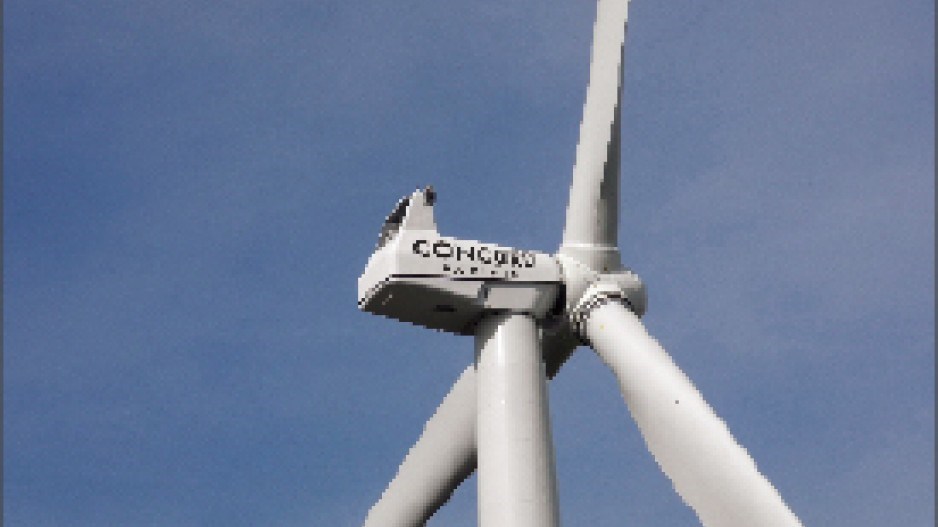Most people know Concord Pacific as a residential highrise developer. But the Vancouver-based company has added a new business to its portfolio: renewable energy.
The company�s newest division, Concord Green Energy, has invested in a wind farm in Saskatchewan, is spending $92 million on a run-of-river power plant in the Squamish area and is looking into a solar power project outside of B.C.
�Our approach on residential is fundamentally green, and as we looked at the energy sector, we said we want to invest there also,� Cliff McCracken, Concord Pacific senior vice-president, told Business in Vancouver.
�We think that energy is a good place to invest for the long run. The returns on investment in the energy area are going to be good. We particularly like green energy. We think it fits well with what we do.�
Concord�s first foray into renewable energy was the 26-megawatt (MW) Red Lily 1 wind farm near Moosomin, Saskatchewan.
More recently, the developer sealed a deal with Run of River Power Inc. (RORP) (TSX-V:ROR) to build the $92 million, 25MW Skookum Power Plant on a tributary of the Mamquam River, eight kilometres east of Squamish.
The project is expected to take between 18 months and two years to build. Once it�s operating, it will be Run of River�s second power project in the area – the first being a 7.6-MW project on Brandywine Creek above Brandywine Falls.
Depending on river flows, the project will produce enough energy to power roughly 7,000 to 9,000 homes. There is no residential development in the area; the power will be sold to BC Hydro under a 40-year purchase agreement.
Under the agreement signed with RORP, Concord will own the project upon completion. However, RORP will receive royalties for 10% of gross revenue and, after five years, will have the option to convert its royalties to a 50% interest in the project.
�There�s no reason why we wouldn�t do that,� said RORP CEO Rick Hopp. �It would be foolish not to.�
McCracken confirmed that Concord plans to expand its energy portfolio.
�We�re very keen to make additional investments in green energy,� he said. �We�re looking at a solar farm investment.�
Concord�s move into renewable energy says something about the sector�s potential for investors, said Paul Kariya, executive director of Clean Energy BC.
�Traditionally, it�s been pension funds and life insurance companies that have staked involvement both in construction and long-term debt, but I think as this industry continues to grow and mature, it�s going to be there for other pools of money.�
He added that the provincial government�s approval of three liquid natural gas plants to be built in B.C. suggests there might be increasing opportunities for the clean-energy sector.
�Generally, focusing on B.C., companies tend to have a pretty bullish outlook for the future,� Kariya said. �For example, wind is underdeveloped compared to other provinces.���




